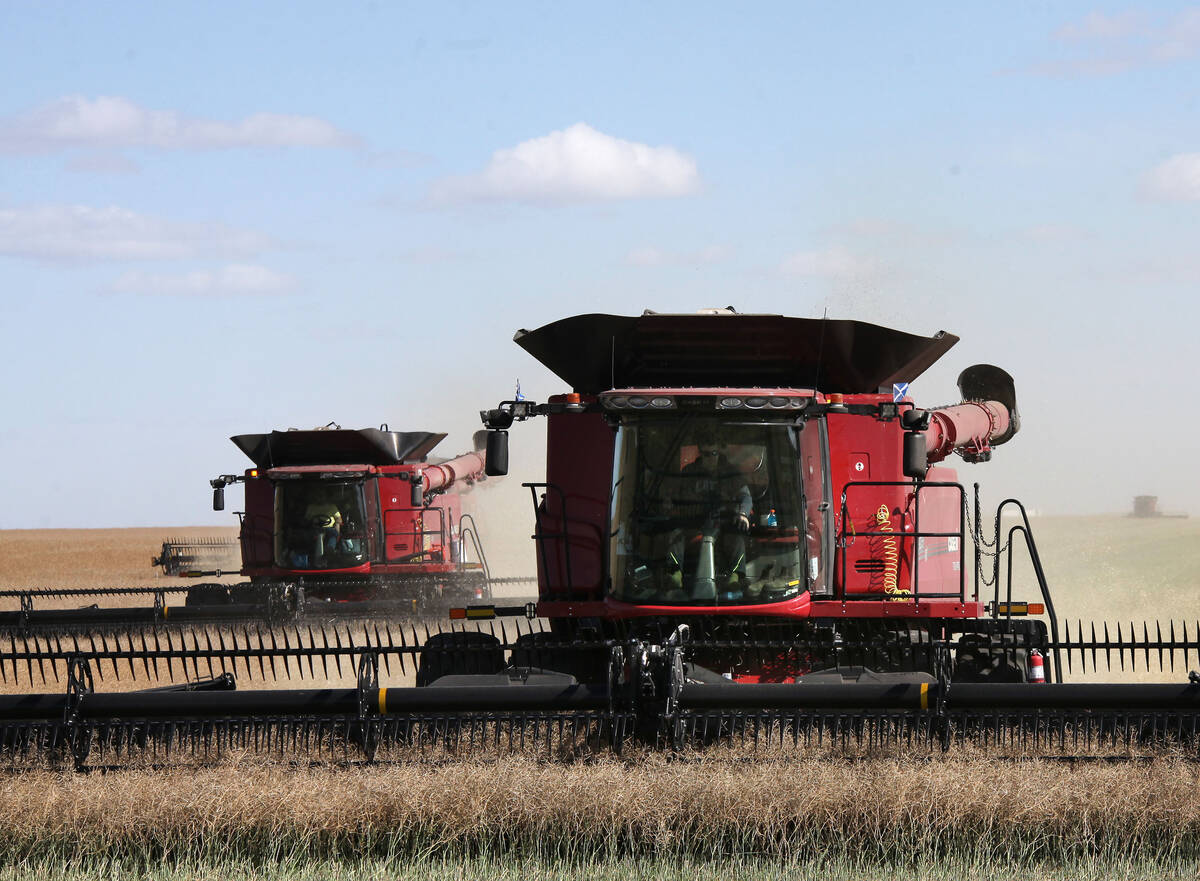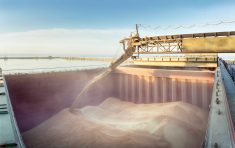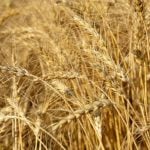Saskatchewan has laid out a new set of regulations meant to bring all farm drainage works — including previously grandfathered drains — into compliance in the next 10 years.
The regulations, announced Tuesday, will first be applied to pilot projects in the province’s east — in the Souris Basin, near Stoughton, and the Assiniboine Basin, near Canora.
The new regulations — the province’s first such changes in 35 years — are “part of the development of a risk-based agricultural water management strategy that will improve the overall process, including applications and investigating complaints, and will help prevent future issues,” Herb Cox, minister for the province’s Water Security Agency, said in a release.
Read Also

Notable changes in exports to China, India
China and India figured prominently in the September export data issued by the Canadian Grain Commission on Nov. 7. For the most part, the CGC’s numbers highlighted issues with grain, oilseed and pulse exports from licensed facilities to those countries.
The new regulations, the province said, are expected to ensure impacts related to flooding, water quality problems and habitat loss are addressed as part of the drainage works approval process.
Works constructed before 1981 will no longer be exempt from requiring approval, the province added.
Approval holders, the WSA said, will be required to use best practices in design and construction of works to reduce impacts of drainage on flooding, water quality and habitat.
Works deemed “moderate risk” will be subject to further conditions, while “high risk” and “extreme risk” activities may be required to take additional steps to offset expected impacts and, in some circumstances, approvals may be denied.
Approval holders may be required to install and operate structures to control release of water from a drain, and/or may be required to retain some surface water or storage space for water, the WSA said.
The new regulations will also allow written landowner agreements to be used as evidence of land control. Until now, applicants have had to get a registrable easement over potentially impacted lands. Legal easements on title will still be needed for “high investment” projects such as multi-party, organized or publicly funded works, the agency said.
Drainage has been an “integral” part of the settlement of the province, the WSA said, but “poorly designed projects and unco-ordinated activities have the potential to cause negative impacts” such as flooding, degraded water quality and negative impacts on wetlands and other water bodies.
The new regulatory approach is based on the concept of “responsible agricultural water management,” the WSA said. Anyone planning a farm drain has the responsibility to “design, construct and operate the project properly and undertake necessary actions to minimize the negative impacts of drainage to an acceptable level.”
The next phase of the agricultural water management strategy will be the development and refining of policies and program delivery which will be used in a series of pilot projects and then expanded to the rest of the province.
Local producers, watershed authorities and representatives in the pilot project areas have committed to working with the WSA to implement the new water management strategy and help bring existing drainage projects into compliance, the province said.
Beyond Tuesday’s regulations, the WSA said it will continue working with stakeholders on the province’s farm drainage strategy to develop policies on “mitigation, application processes and informational materials.”
“Drainage is one of the major issues facing rural Saskatchewan so we are pleased that the government is implementing regulations meant to address deficiencies with the current system,” Ray Orb, president of the Saskatchewan Association of Rural Municipalities (SARM), said Tuesday in the province’s release.
“We have been awaiting this announcement and look forward to working with the government on the implementation of these regulations and further refinement of the agriculture water management strategy as it is phased in over the next few years.” — AGCanada.com Network















